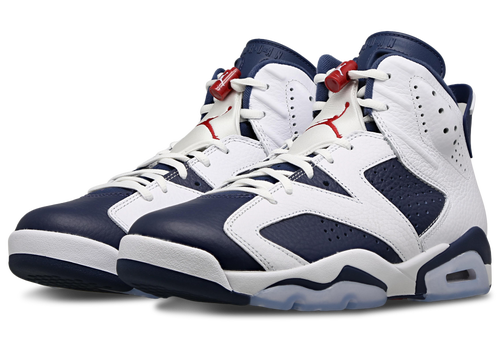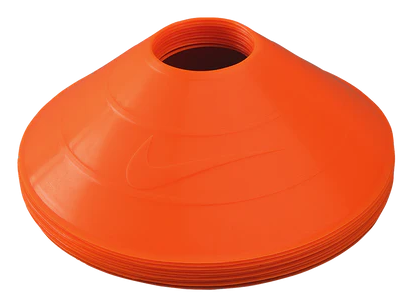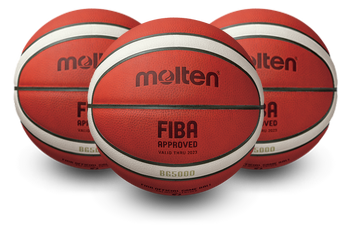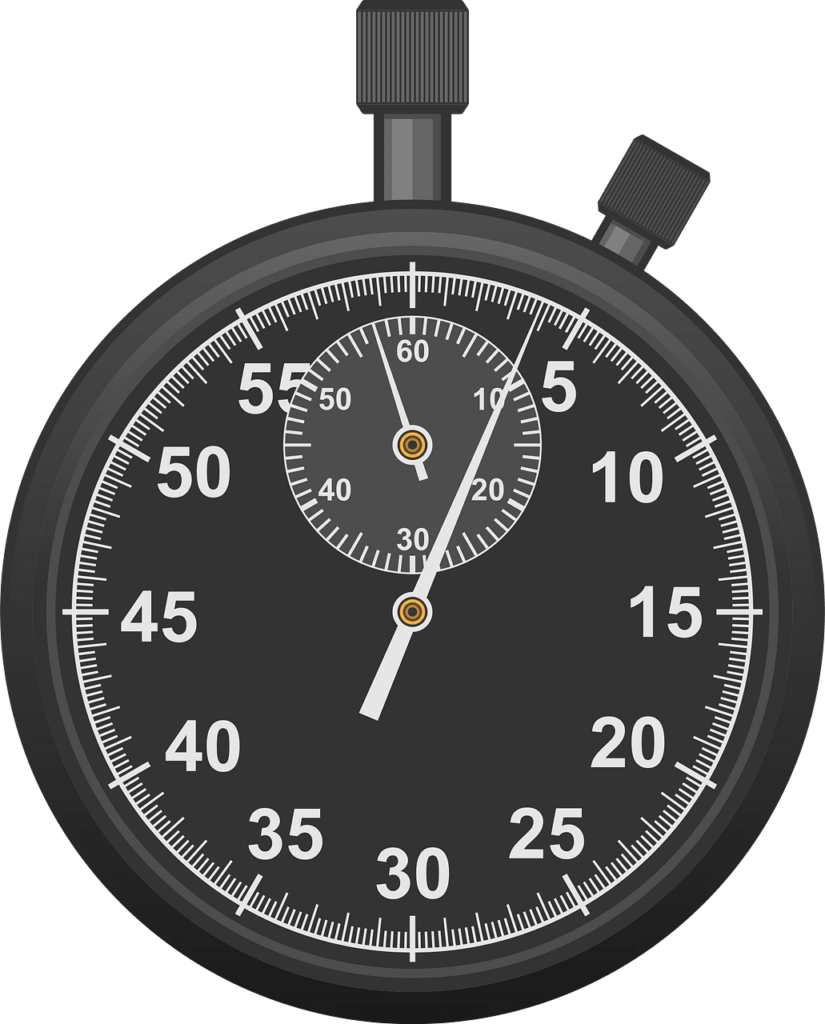- March 15, 2025
Cone Weaving and Control


Objective:
The goal of these drills is to improve a player’s ball-handling skills, including dribbling under pressure, controlling the ball with both hands, and developing agility and court awareness.
The drill emphasizes dribbling through obstacles (cones) to mimic real game situations and improve comfort with the basketball.
Equipment Needed:

6-10 cones
(or other objects to serve as obstacles)

A basketball
(one per player)

A stopwatch or timer
(optional for adding time challenges)
Setup:
1: Court Setup:
Arrange 6-10 cones in a straight line or zig-zag pattern (depending on available space) spaced around 3-4 feet apart.
For beginners, you can space the cones wider apart (4-5 feet).
For advanced players, you can reduce the distance between cones to increase difficulty and control.
2: Players Needed:
This drill can be done individually, but it’s often more fun and motivating with multiple players.
3: Starting Position:
Each player starts at one end of the cone sequence, with a basketball in hand.
Drill Description:
1: Basic Cone Weaving
Objective: Dribble through the cones using a combination of crossovers, behind-the-back dribbles, and other moves to navigate through the obstacle course.
Instructions:
- The player starts at one end of the cone line with a basketball.
- Dribble the ball with their dominant hand, weaving through the cones.
- As the player gets closer to each cone, they should execute a crossover, behind-the-back, or between-the-legs dribble to change directions smoothly.
- The focus should be on maintaining control of the ball while keeping a low stance and keeping the head up to survey the court (this is essential for in-game awareness).
- When the player reaches the last cone, they should turn around and weave back through the cones using the non-dominant hand for a more balanced ball-handling workout.
Coaching Points:
- Keep the body low and balanced for better control.
- Focus on quick, controlled dribbles, using the fingertips rather than slapping the ball with the palms.
- Keep the head up as much as possible to simulate game situations where awareness is key.
- Use both hands to maintain balance and versatility, switching hands at every cone or after a certain number of moves.
2: Change of Pace Dribbling
Objective: Teach players to change speeds while dribbling through the cones, mimicking in-game situations where a player might need to go fast and slow to beat defenders.
Instructions:
- As the player dribbles through the cones, they should alternate between quick, fast dribbles and slow, controlled dribbles.
- For example, the player could sprint quickly through the first few cones, then slow down dramatically as they approach the next few.
- After going through the cones, the player should work on stopping quickly and then exploding into a fast dribble again.
- This will help players learn to control their speed in a game setting, where it’s important to maintain control while being unpredictable.
Coaching Points:
- Focus on changing direction while keeping the ball under control.
- Encourage explosive first steps when changing pace to simulate a quick offensive move.
- Train players to accelerate and decelerate smoothly, using their body to protect the ball.
3: Two-Ball Dribbling through Cones
Objective: Develop ambidexterity and improve a player’s ability to dribble with both hands simultaneously under pressure.
Instructions:
- Have the player dribble two basketballs simultaneously through the cone obstacle course.
- Start with the dominant hand and non-dominant hand dribbling at the same height.
- The player should focus on maintaining control of both balls at all times, even when weaving through the cones.
- After completing one set, the player can switch the ball in each hand and work on dribbling with their non-dominant hand in the lead.
- This variation is especially effective for improving coordination and developing a feel for the ball with both hands.
Coaching Points:
- Make sure the player is dribbling the balls in sync at the same height, not letting one ball drop lower than the other.
- Emphasize proper hand positioning (fingertips, not palms) for both balls.
- Focus on body control and posture, keeping the dribbles tight to the body while avoiding excessive movement that could cause a turnover.
4: Low Dribbles and High Dribbles
Objective: Practice controlling the ball at different heights to simulate different game situations (low for protection from defenders, high for quick transitions).
Instructions:
- While weaving through the cones, the player should alternate between low and high dribbles.
- A low dribble should be controlled just above the floor, using the fingertips to protect the ball.
- A high dribble should be quick and slightly higher, using more of the wrist for speed and precision.
- The player should alternate between dribbling low and high every couple of steps to enhance control and adaptability.
Coaching Points:
- Ensure the player is keeping their body low and balanced for low dribbles, making sure the ball stays close to the ground.
- High dribbles should be used to quickly transition or move past a defender, keeping the ball at a safe distance to avoid being stripped.
5: Speed and Agility Dribble
Objective: Focus on speed and control while dribbling through cones, simulating the fast-paced nature of a game.
Instructions:
- The player must dribble as quickly as possible through the cones, emphasizing quick feet and low body posture.
- The challenge is to move through the cones without losing control, simulating a fast break or moving past a defender.
- This variation works on the player’s footwork, quickness, and ability to dribble under pressure.
- Optionally, you can add a defender or use a timer to make it more competitive and challenging.

Coaching Points:
- Encourage explosive dribbles and quick feet, staying low to the ground.
- Stress the importance of body control and maintaining vision of the court while executing fast dribbles.
- Keep the dribble tight to the body to avoid turnovers.
Progression/Variation:
Add Pressure: For advanced players, incorporate a defender who pressures the ball handler as they go through the cones, forcing them to react to defensive pressure.
Timed Challenges: Use a stopwatch to time each player as they go through the cone weaving sequence. The goal is to improve both speed and ball control.
Add Change of Direction: After every cone, players can practice specific change-of-direction moves such as a spin move, behind-the-back dribble, or hesitation dribble to increase skill variety.

Conclusion:
This ball-handling drill focuses on improving a player’s control, agility, and ability to handle the ball in tight spaces.
By incorporating different techniques like cone weaving, change of pace, two-ball dribbling, and speed drills, players will develop better ball control, which is essential for success in fast-paced game situations. Regular practice of this drill will lead to improved dribbling skills, better decision-making, and increased confidence with the basketball.

Best Ball Handler?
Privacy Policy | Copyright © 2025 North West Saints Basketball Club





